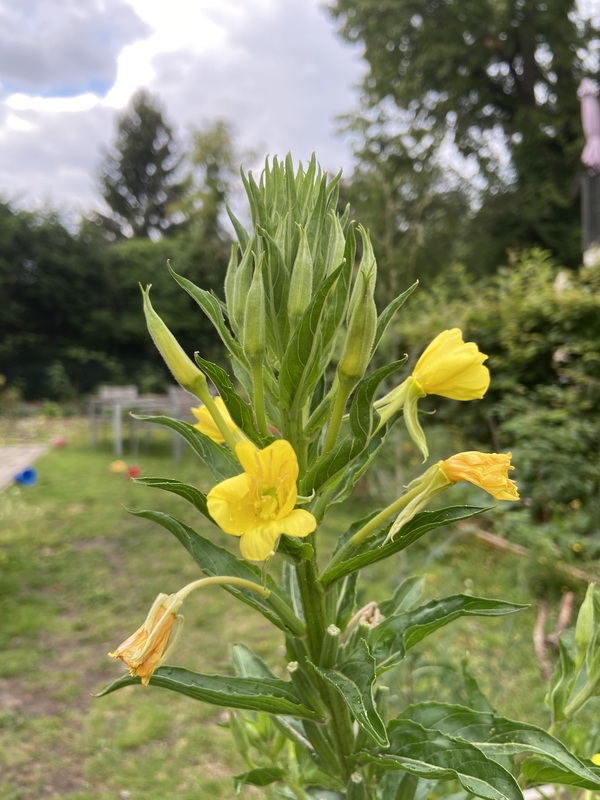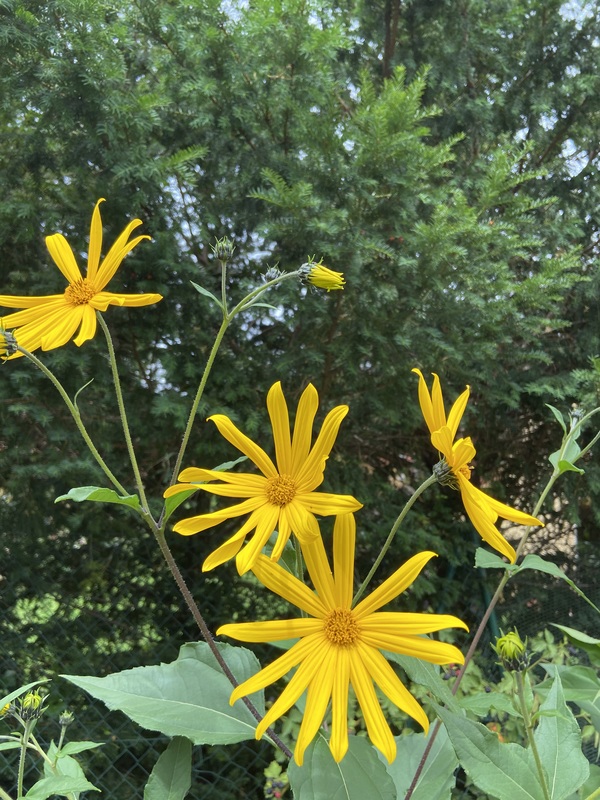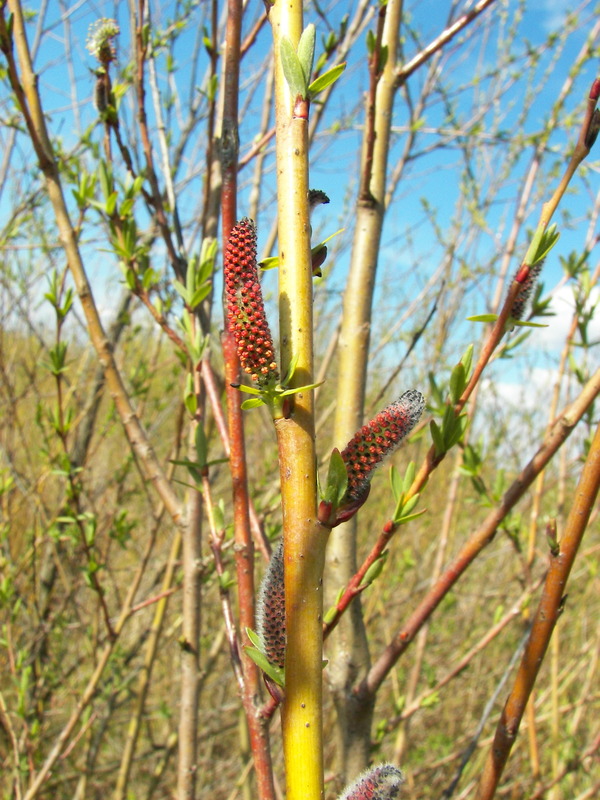Description
The Black Willow (Salix nigra) is a deciduous tree native to eastern North America. It typically grows to a height of 30-50 feet and has a straight, slender trunk with dark brown to black bark that is deeply furrowed into long, narrow ridges. The leaves are narrow and elongated, with a shiny green upper surface and a pale, hairy underside. The flowers are small and inconspicuous, with both male and female flowers appearing on the same tree.
Black Willow is often found growing near streams, rivers, and other bodies of water. It prefers moist, well-draining soil and full sun to partial shade. In order to cultivate it successfully, a grower may need to provide additional watering during dry spells and protect it from strong winds.
Black Willow is not particularly winter hardy and may be damaged by severe cold. However, it can be propagated by cuttings or by planting seeds that have been collected in the fall.
The wood of the Black Willow is strong and flexible, and has been used for a variety of purposes, including making baskets, furniture, and other items. The bark has also been used medicinally to treat a range of ailments, including headaches and fevers.
Black Willow provides habitat and food for a variety of wildlife, including birds, small mammals, and insects. The leaves and twigs are eaten by deer, beavers, and other animals, and the tree provides shelter for nesting birds and other animals.



